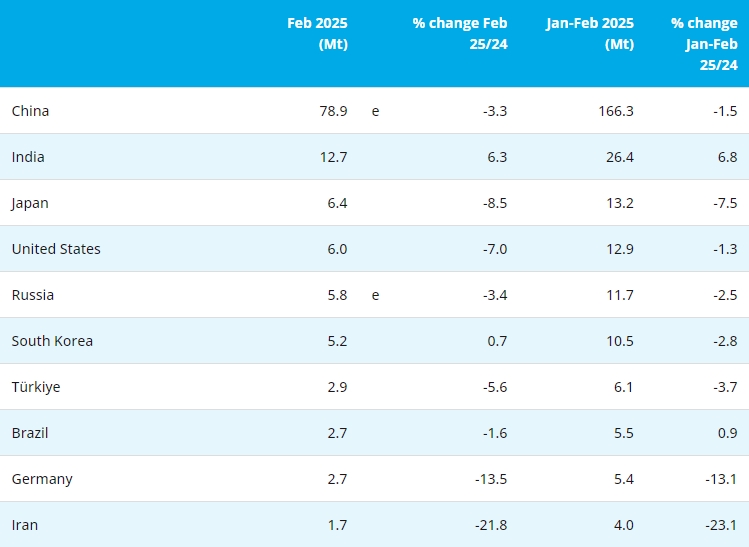[ferro-alloys.com]Arash Komeili, a Bakar Fellow at the University of California – Berkeley, just discovered that some species of aquatic bacteria may help miners in finding new ways to extract metals for commercial value or environmental cleanup.
In an article prepared by UC, Komeili explained that the bacteria that he is studying are capable of drawing in dissolved iron from their watery environment and storing it in specialized compartments called magnetosomes. Then, they use the structures’ magnetic properties to migrate down to low-oxygen zones, near the Earth’s magnetic field.
According to the scientist, 20 to 30 genes are involved in the transport of iron, converting it to magnetite and storing it within the magnetosomes’ membranes. Each magnetosome creates as many as 20 magnetite crystals that form a chain, and this acts as a compass needle to orient the bacteria in geomagnetic fields.
About 30 species of bacteria contain magnetosomes. But on top of having geolocation abilities, some of them also develop iron storage capabilities.
“Initially we thought they were simpler precursors to magnetosomes, carrying out just the first steps of the process. Then came the big surprise. This second kind of compartment contains iron, but it’s not converted into magnetite,” the scholar said. “It’s not magnetic at all. The iron has nothing to do with navigation. The storage is probably an adaptation to avoid iron starvation.”
Another surprise that Komeili’s team found was that only three to six genes are involved in iron transport and storage in ferrosomes, making them a much simpler system than magnetosomes. Thus, they want to manipulate the genes to tease apart ferrosome transport and storage.
“We should be able to optimize the ferrosome size and number in the cell, and modify the bacteria so that ferrosomes are present at all times when magnetosomes are being made,” the expert said. “Modifying the types of genes for ferrosome metal transport and when they are expressed should allow us to concentrate new metals of interest like gold, copper or manganese.”
Komeili predicts that the mined metals in the engineered ferrosomes would be present in the same cells as the magnetic particles of magnetosomes, and because the magnetosomes are magnetic, the accumulated metals could then be extracted by magnets.
“The genetic control could make for a kind of ‘plug and play’ method to extract specific metals,” he said. “The ability to concentrate different metals could be used to access valuable elements or to clear toxic metals from polluted water. This will require more research in the lab but it should be doable.”
(Mining.com)
- [Editor:王可]

/E鐵合金企業(yè)庫(kù)4.jpg)

 Save
Save Print
Print Daily News
Daily News Research
Research Magazine
Magazine Company Database
Company Database Customized Database
Customized Database Conferences
Conferences Advertisement
Advertisement Trade
Trade








?bào)/2024/QQ截圖20250402170922.png)
?bào)/2024/微信圖片_20250328161757.jpg)


 Online inquiry
Online inquiry Contact
Contact

Tell Us What You Think